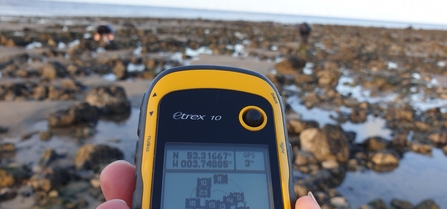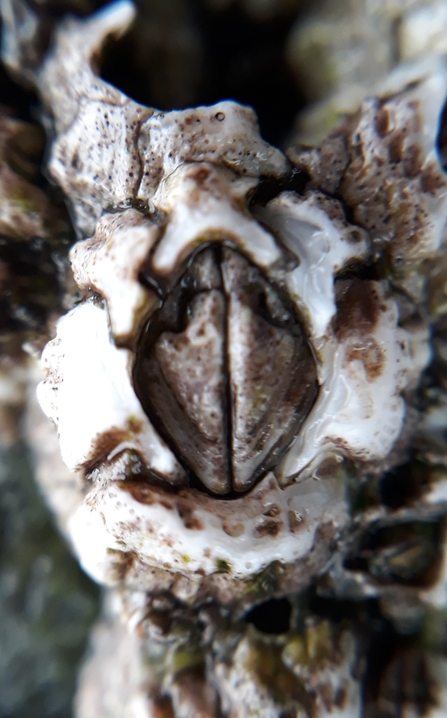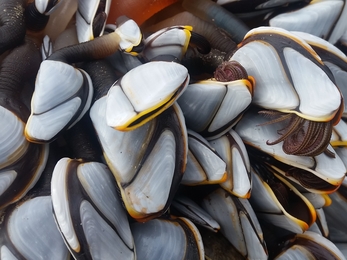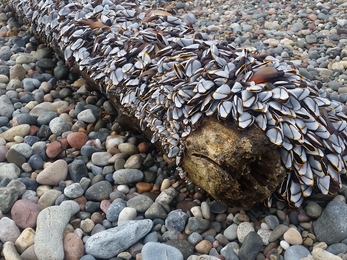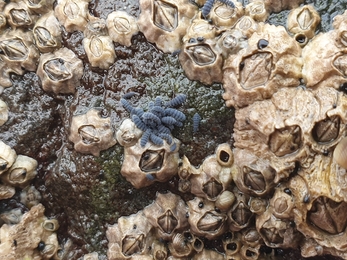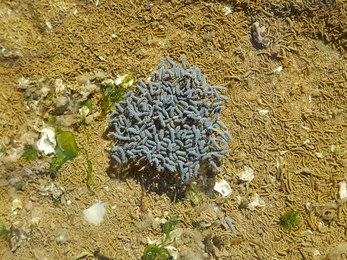The shores visited this month for the group surveys were Rhos-on-sea/Penrhyn Bay (Liverpool bay SPA), Rhosneigr (Rhosneigr reefs SSSI) and Porth Ysgaden (Pen LLyn A'r Sarnau SAC). Our rafting bivalves workshop took us to Cricieth, for an inspection of the strandline litter with Anna Holmes (Amgueddfa Cymru) and across the low tide at the end of the month our volunteers were out surveying shores across North Wales for particular species of focus (see below).
Surveys completed
Number of quadrats: 21;
Time spent on species searches - over 6.5 hours (slipper limpet 210+mins; pacific oyster 180+mins; sugar kelp 30mins; oarweed 120mins; wakame 40mins; bladder wrack 30mins; Montagu’s crab 40minutes; honeycomb worm 20mins, Irish moss 30mins, false irish moss 30mins)!
Number of volunteers: 22 (self-led surveyors: 10); course attendees 10


